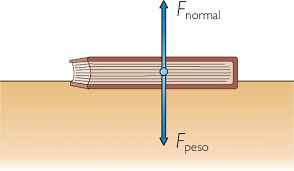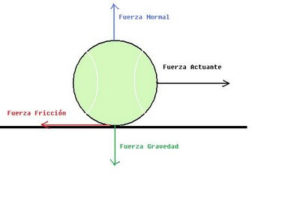The Newton's second law gives us the key to mathematical problem solving, establishing the relationship between forces and acceleration (and therefore velocity). The Newton's 3 laws are fundamental to understanding and being able to solve any mechanical or dynamic problem. The Newton's first law and the Newton's third law are the most intuitive.
Index
FORMULA FOR NEWTON'S SECOND LAW
The formula for Newton's second law is: F=m*a
Force equals mass multiplied by acceleration. This means that:
- Knowing the mass of an object, and knowing the forces acting on it, you can get the acceleration. From the acceleration, and knowing the direction of the forces, you can know the velocity, the trajectory...
- Knowing the acceleration and mass, derive the forces acting on the body.
FORCES THAT CAN ACT ON AN OBJECT
Forces acting on an object can be of many types, mechanical, pneumatic, and above all in any direction. We would have to go into vectorial terrain to be able to define forces properly. However, there are some "basic" forces that we see more commonly, and we are going to look at some examples.
WEIGHT FORCE
There is a force that is always acting on the Earth, which is the force of gravity. weight. This weight is a force in a direction perpendicular to the ground on which we stand.

If we have a floor underneath, a force will appear in the opposite direction and in the same direction (Newton's third law), and because we are in equilibrium we do not move.
FRICTIONAL FORCE
The frictional force is another very important force that is present in all moving bodies. Whether on the ground, in the air or in water, there is always going to be a frictional force which opposes the movement. Depending on the surface concerned, it will have a coefficient of friction or other.

The frictional force is in the opposite direction to the motion and is what causes a body in motion on Earth to always end up stopping, if the force is not applied. In space, since there is no air, the force of friction is zero, hence the rotational speeds that spacecraft reach, with hardly any force applied.
In the case of the ground, it is the frictional force that causes a BALL TURN. If there were no friction, or very little friction, as in the case of ice, the ball would not turn and hence the wheels would slip on the ice.
FORCE EXERTED ON A BODY
Any force that is exerted on a body, whether it be pushing, with a machine, or with a pole, will generate a force. This force can either encounter an opposition and an opposing force (wall, floor,...) or generate an acceleration, according to Newton's second law.
ACCELERATION
Acceleration is the increase in speed in a unit of time. We all know what acceleration is intuitively, for example in the case of a car. There is an acceleration always acting on the Earth, which would be the gravity. Gravity at the Earth's surface is 9.8m/s2. That is why our weight (force) is equal to mass by the gravity. As we go up in height (into space) the acceleration of gravity decreases and so the force of the weight decreases as we go into space. Here you can see different values of the gravity.
NEWTON'S SECOND LAW EXPERIMENTS
NEWTON'S LAWS
See the Newton's laws:
